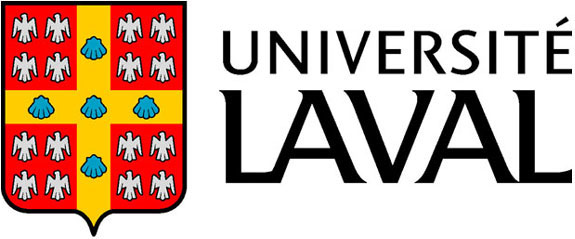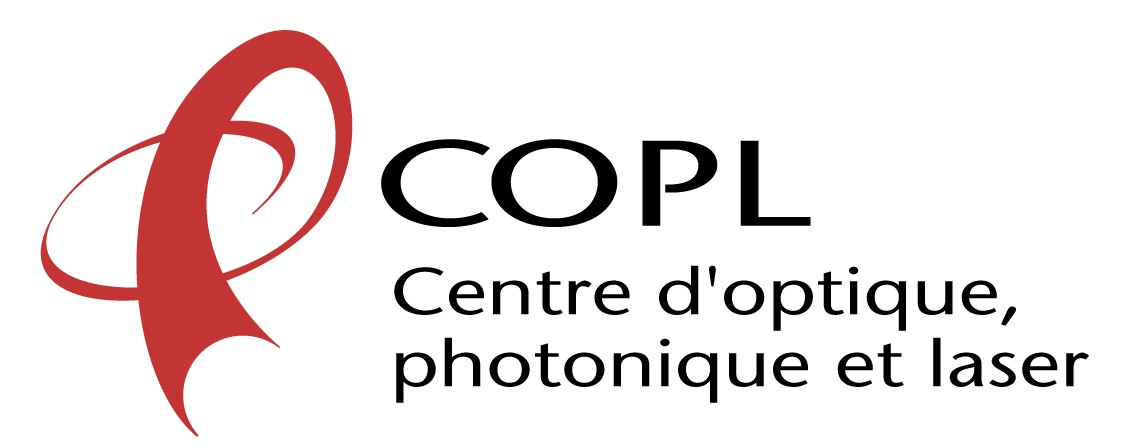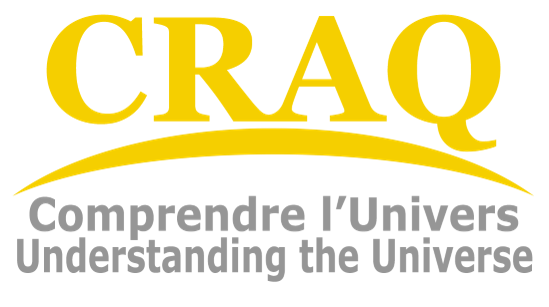Research
The LRIO research program revolves around design and implementation of innovating optical systems for a wide variety of applications.
 Français
Français
Led by Prof. Simon Thibault, PhD, Ing., the Optical Engineering research lab (LRIO in french) at Université Laval is the only Canadian laboratory offering post-graduate training in optical design. Our goal is to develop solutions in different fields of study within modern optics, working on both theoretical and practical applications for astronomy, space exploration, medical application, security and surveillance, teledetection, machine vision, industrial inspection, military systems and lighting.
The LRIO research program revolves around design and implementation of innovating optical systems for a wide variety of applications.
Various undergraduate and graduate courses in the field of optical engineering are available at Université Laval.
The research chair brings together industry, researchers and students around projects tackling current challenges in lens design and optical engineering.
LRIO's team is made of students and professionnals from various background and expertise including physics, engineering, chemistry and astrophysics.
Each year, the team published many peer-reviewed articles and participates in various international conferences.
You want to learn more about our research or would like to join our team? Do not hesitate to contact us.
The scientific planning for the chair’s second mandate still entails a number of research activities that address modern concerns in optical design and engineering. We are betting on the implementation of original optical design concepts, novel imagery concepts, innovative testing setups and novel assembly methods.
Learn more
The first institution of higher learning in America, open to the world and imbued with a culture of high standards, Université Laval contributes to the development of society by educating qualified and responsible individuals who become agents of change and by seeking and sharing knowledge in a stimulating environment of research and creation. Still today, with the world at a crossroads, Université Laval plays a bigger role than ever in Québec City and on the national and international scene, both as a catalyst for change and a visionary institution where knowledge, curiosity, and innovation are part of everyday life.

The Center for Optics, Photonics and Lasers (COPL) is a strategic cluster of optics/photonics researchers from Université Laval, École Polytechnique de Montréal, McGill, INRS, École de technologie supérieure, Université de Sherbrooke, Université du Québec à Montréal and Concordia University. Our goals are to train graduate students and post-docs who will form the next generation of optics/photonics scientiststo perform fundamental and applied research and to contribute to socio-economic development by supporting industry. Its research excellence, state-of-the-art facilities and comprehensive scientific program have positioned the COPL among the best centers in the world for optics and photonics training and research.

The Centre for Research in Astrophysics of Quebec (CRAQ) brings together all the astrophysicists in Quebec. Nearly 150 people, including some fifty researchers and their students from Université de Montréal, McGill University, Université Laval, Bishop’s University, Cégep de Sherbrooke and a number of other collaborating institutions are part of the cluster. The objectives of the CRAQ are to ensure the excellence of astrophysical research in Quebec and to stimulate its impact at the national, international and industrial level as well as in Quebec’s society.

The Advanced Optical Fabrication Infrastructure at Université Laval enables fabrication and inspection of freeform and classical optical components. From design to fabrication, our team can support you in the realisation of your projects. We are equipped with the latest generation of machines for diamond-turning, milling and grinding, post-polishing and inspection of freeform, microstructured and classical optics precision manufacturing. The versatility of the facility and the expertise of the team allows for prototyping of special optical components.